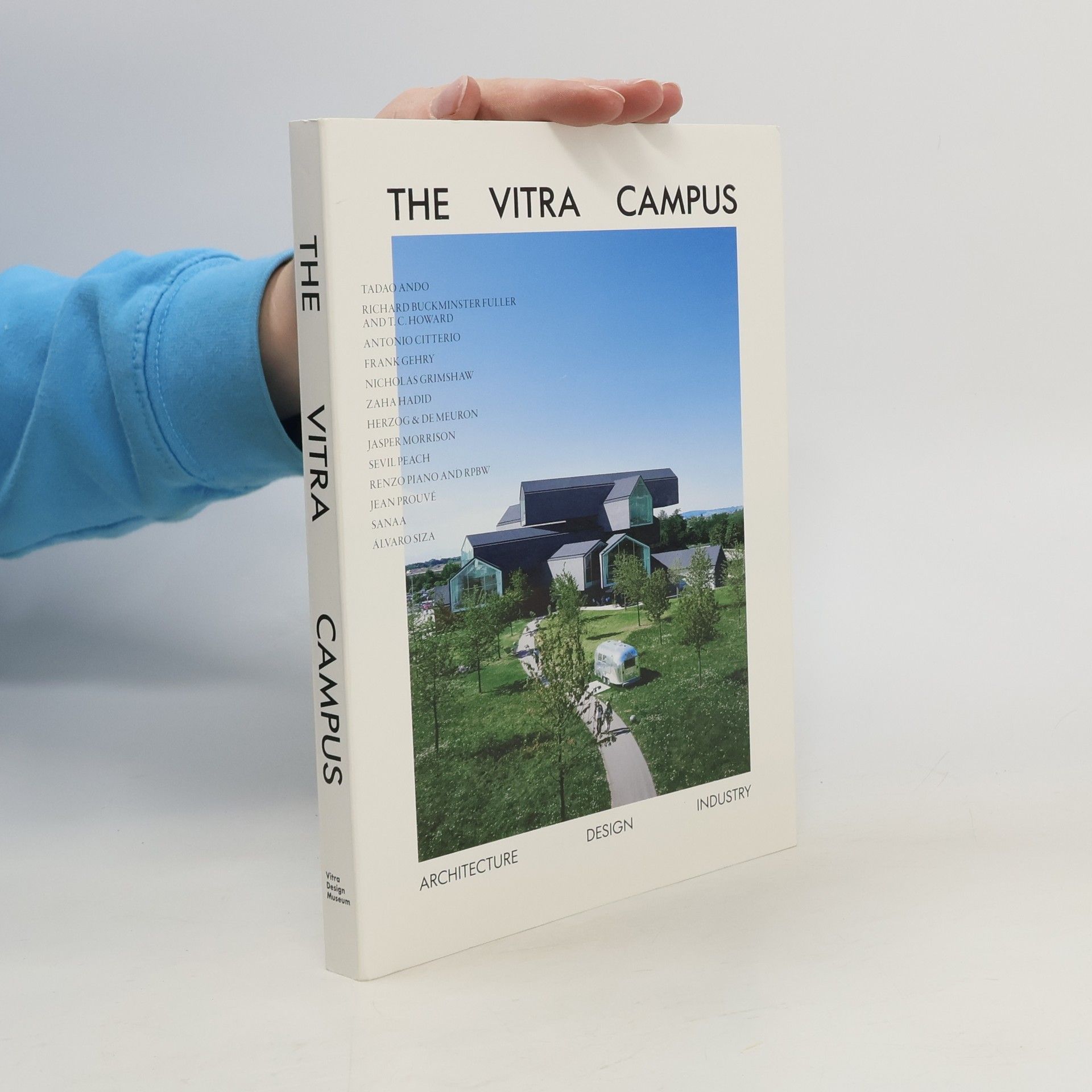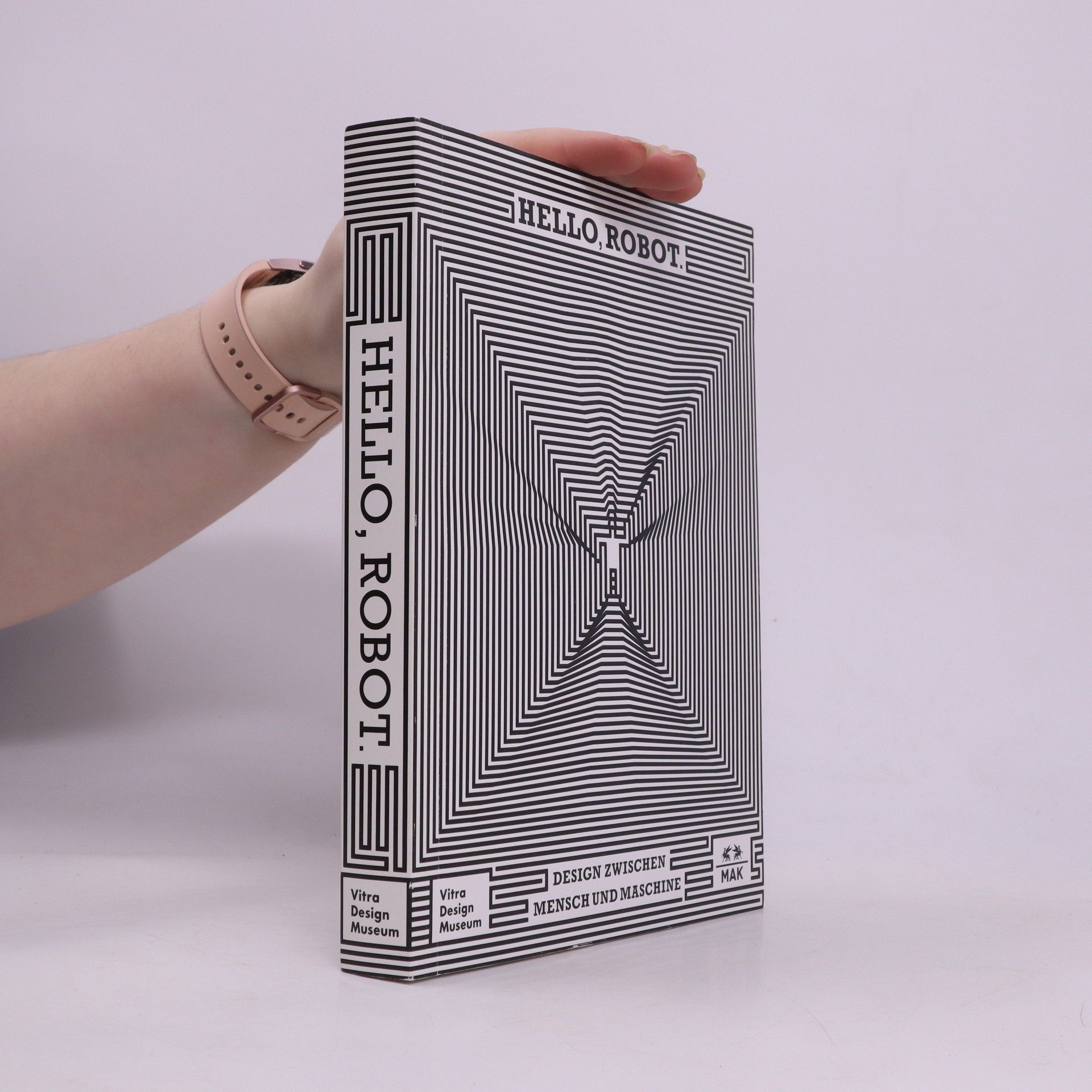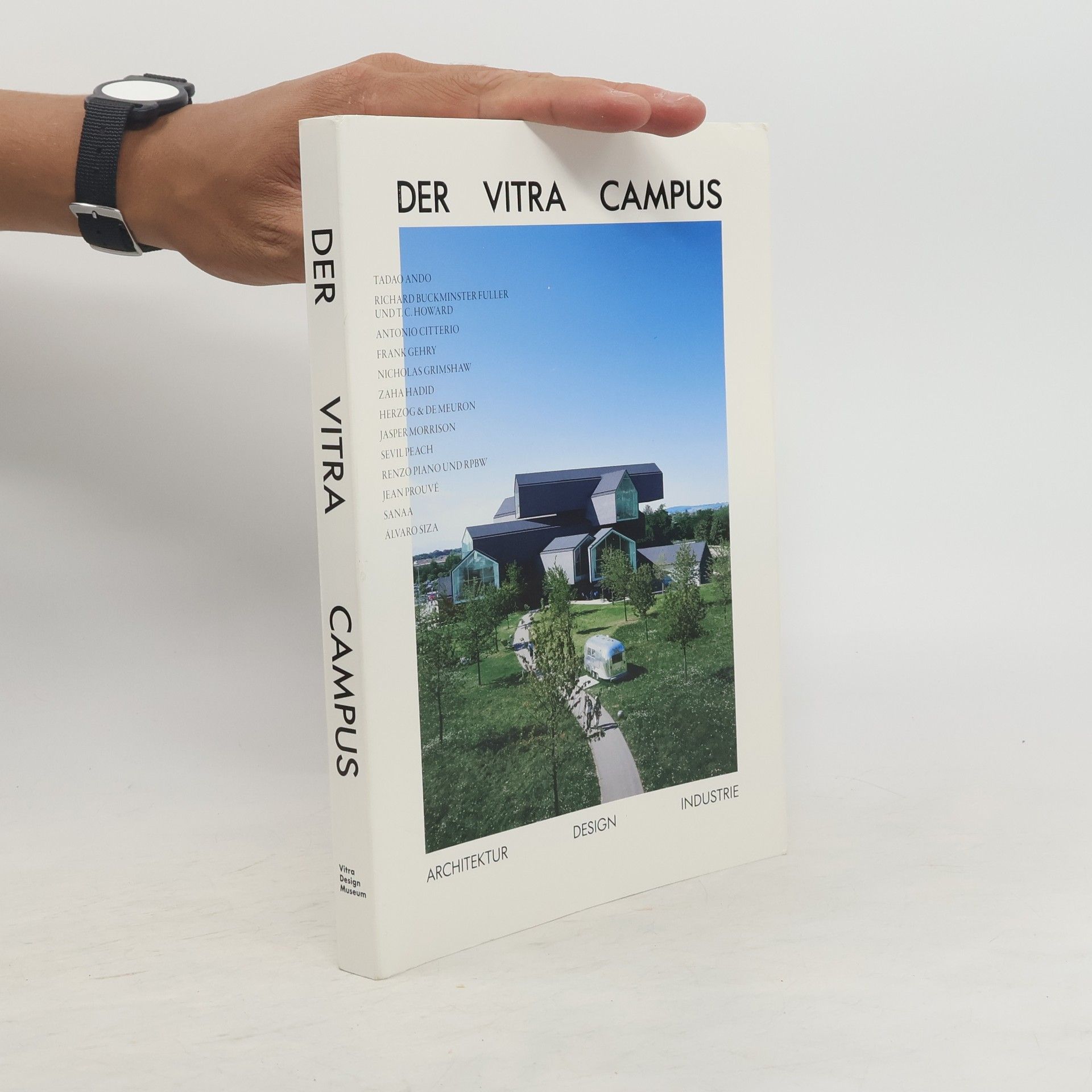This publication features diverse images and texts on renewable energy products, solar house designs, and wind turbines. It explores intelligent mobility concepts and visions for energy self-sufficient cities, making it ideal for those interested in the future of energy and design.
Mateo Kries Book order






- 2024
- 2024
Transform!
Design und die Zukunft von Energie
Die Publikation bietet eine Vielzahl von Bildern und Texten, die von Alltagsprodukten für die Nutzung erneuerbarer Energien bis hin zur Gestaltung von Solarhäusern und Windkraftanlagen reichen. Sie gibt auch Einblicke in intelligente Mobilitätskonzepte und Zukunftsvisionen energieautarker Städte. Geeignet für alle, die sich für die Zukunft der Energie und die Rolle des Designs interessieren.
- 2023
"Iwan Baan: Moments in Architecture" presents a comprehensive collection of over 680 images showcasing the evolution of global megacities and notable works by contemporary architects like Herzog & de Meuron and Zaha Hadid. The publication features contributions from various authors and highlights Baan's personal involvement.
- 2022
Hello, Robot.
Design between Human and Machine
This updated edition of Vitra's 2017 publication presents recent developments in robotics and digitization This volume investigates how robotics has become an integral part of life: in industry, in the military and in everyday settings; at nurseries and retirement homes; in our bodies; when shopping and when having sex; in video games and in films and in literature. In a series of in-depth essays and interviews, experts including science-fiction author Bruce Sterling and the design duo Dunne & Raby explore what an increasingly digital environment means for us humans. They highlight our often-ambivalent relationship to new technologies and discuss the opportunities and challenges they pose for us as individuals and as a society. Hello, Robotbroadens the scope of debate to include the ethical and political questions arising from technological advances in robotics today, and confronts us with the contradictions that often underpin the answers to these questions.
- 2019
Atlas of Furniture Design
- 1028 pages
- 36 hours of reading
The Vitra Design Museum's "Atlas of Furniture Design" is a comprehensive exploration of modern furniture history, spanning from industrialization to the digital age. With over 1,000 pages, it documents 1,740 objects by more than 540 designers, featuring extensive texts and illustrations, making it an essential resource for design enthusiasts and scholars alike.
- 2017
Charles und Ray Eames gehören zu den einflussreichsten Designern des 20. Jahrhunderts. Das Eames Furniture Sourcebook gibt einen umfassenden Überblick über ihre Möbelentwürfe, darunter Meilensteine der Designgeschichte wie ihre Sperrholzmöbel, die Draht- oder Kunststoffstühle, die Aluminium-Gruppe oder der legendäre Lounge Chair. Mit detaillierten Texten und umfangreichem Bildmaterial rekonstruiert das Buch die Entstehungsgeschichte der Möbel des Designerpaares, erläutert den innovativen Umgang der Eames' mit Materialien und Techniken und analysiert die Bedeutung ihres Werks im Kontext der Zeit. Als Grundlage für das Buch dient die Sammlung Eames im Vitra Design Museum, die umfangreichste Sammlung von Eames-Möbeln weltweit. Sie umfasst einen Großteil der Prototypen, Experimente und Studienmodelle aus dem Eames Office sowie viele weitere Schlüsselwerke der beiden Designer. Ausstellung: Charles & Ray Eames. The Power of Design, 30.09.2017 - 25.02.2018, Vitra Design Museum
- 2017
»Hello, Robot. Design zwischen Mensch und Maschine« untersucht, wie die Robotik in unseren Alltag einzieht und zeigt, dass Design in seiner traditionellen Funktion als Vermittler unverzichtbar ist, wenn Roboter sichtbar in unserem Alltag Einzug halten sollen und nicht nur wie bisher versteckt in Waschmaschinen, Autos und Geldautomaten. Der Band verdeutlicht, wo wir den intelligenten Maschinen schon heute und in naher Zukunft begegnen können: in der Industrie, im Militär und im alltäglichen Umfeld; im Kinderzimmer und im Altersheim; in unseren Körpern und in der Cloud; beim Shoppen und beim Sex; in Computerspielen und natürlich in Film und Literatur. In ausführlichen Essays und Interviews gehen Experten wie etwa der Science-Fiction-Autor Bruce Sterling oder das Design-Duo Dunne & Raby der Frage nach, wie wir damit umgehen, dass unsere Umwelt immer digitaler, smarter und autonomer wird. Sie beleuchten unsere – oft ambivalente – Beziehung zu neuen Technologien und erörtern, welche Chancen und Herausforderungen sich uns als Individuen und als Gesellschaft in diesem Zusammenhang bieten. Dabei weitet »Hello, Robot.« der Blick für die ethischen und politischen Fragen, die sich angesichts technologischer Fortschritte in der Robotik heute stellen, konfrontiert uns jedoch auch mit den Widersprüchen, die häufig den Antworten auf diese Fragen zugrunde liegen.
- 2013
The Vitra Campus
- 200 pages
- 7 hours of reading
Since the 1980s, the Vitra company has erected buildings in collaboration with some of the leading architects of the present day, including Zaha Hadid, Frank Gehry, Tadao Ando, SANAA, Álvaro Siza, Nicholas Grimshaw, and Herzog & de Meuron. This has resulted in a unique architectural ensemble, about which the architectural critic Philip Johnson wrote: 'Since the Weissenhofsiedlung in Stuttgart in 1927, there has not been a gathering in a single place of a group of buildings designed by the most distinguished architects in the Western world'. The Vitra Campus currently attracts over 330,000 annual visitors. While the VitraHaus by Herzog & de Meuron provides the opportunity to experience furniture classics and new products from the Vitra Home Collection, the renowned Vitra Design Museum by Frank Gehry presents alternating exhibitions, which are accompanied by numerous events and workshops. Further attractions on the Vitra Campus include a museum shop, a café, and guided architectural tours of the buildings on the Campus. With roughly 200 illustrations, the 'Vitra Campus' book offers an overview of Vitra architecture, its daily use, the development of the Campus, and biographies of the architects. It is ideally suited as a souvenir, as preparation for a visit, as a Campus guide, or simply as interesting reading on some of the most significant architects and buildings of our time.
- 2013
Seit den 1980er Jahren hat die Firma Vitra Bauten mit führenden Architekten unserer Zeit errichtet, darunter Zaha Hadid, Frank Gehry, Tadao Ando, SANAA, Álvaro Siza, Nicholas Grimshaw und Herzog & de Meuron. Auf diese Weise entstand ein einzigartiges Ensemble, über das der Architekturkritiker Philip Johnson schrieb: 'Seit der Gründung der Weißenhofsiedlung in Stuttgart im Jahr 1927 wurden nirgends auf der Welt mehr Bauwerke von den herausragenden Architekten der westlichen Hemisphäre errichtet'. Heute zieht der Vitra Campus jährlich über 330.000 Besucher an. Während im VitraHaus von Herzog & de Meuron die Klassiker und neuesten Entwürfe der Vitra Home Collection zu erleben sind, werden im renommierten Vitra Design Museum von Frank Gehry wechselnde Ausstellungen gezeigt, begleitet von zahlreichen Events und Workshops. Zu den weiteren Angeboten auf dem Campus zählen ein Shop, ein Café sowie Architekturführungen, bei denen die Bauten des Campus vorgestellt werden. Mit ca. 200 Abbildungen bietet das Buch 'Vitra Campus' einen Überblick zur Architektur von Vitra, ihrer täglichen Nutzung, der Entstehung des Campus sowie zu Biografien der Architekten. Es ist ideal geeignet als Souvenir, als Vorbereitung auf einen Besuch, als Führer über den Campus oder einfach als informative Lektüre über einige der wichtigsten Architekten und Bauten unserer Zeit.

